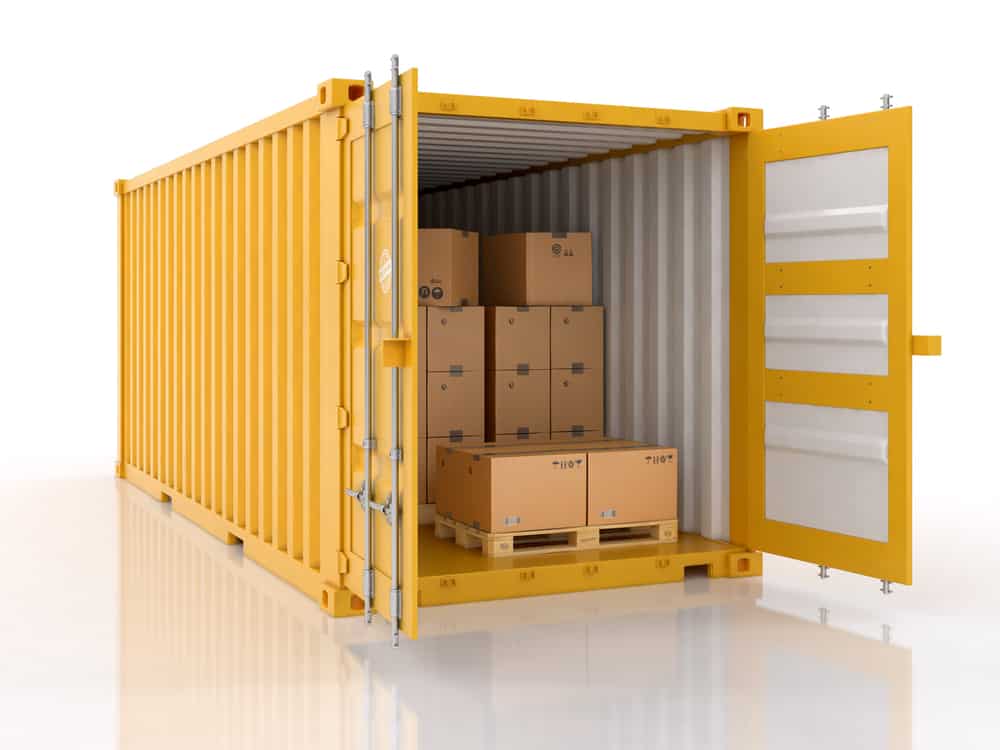Fumigation is a method of killing pests, termites or any other harmful living organisms to prevent the transfer of exotic organisms.
Fumigation is executed, by suffocating or poisoning the pest, within an area of specified space by using fumigants. A fumigation certificate is issued by the fumigator by obtaining approval for fumigation from a licensing authority. Most countries will not allow the import of goods without a fumigation certificate, wherever applicable on such assets.
Fumigation is an essential part of the container shipping cycle and is an area where having more in-depth knowledge is useful for making necessary preparations.
For example, as a buyer in the U.S., you may come across the term “USDA Examination” on a container you may have imported. This exam’s primary purpose is to check the condition of pests or other insects’ infestations within your cargo. Your cargo’s proper fumigation and necessary backup documents help ensure your container successfully passes the examination.
If your goods are being shipped with wood materials used for packing, it would be a smart idea to request that the supplier fumigates the cargo and produces a fumigation certificate along with other export documents.
The process of fumigation varies accordingly to the content of the container.
In some cases, an empty container is fumigated before the loading of goods. However, the most-common process involves fumigation after the stuffing of cargo is complete and door of the container is closed. This process of fumigation is more effective, as the gases used for fumigation circulate inside the container. Nonetheless, this method of fumigation is not allowed for cargo involving certain food products for direct consumption and other specified goods.
Today, using alternative packing materials, such as plastic packing materials (plastic pallets, crates, etc.) has become more popular due to its safety when using pesticides. Additionally, “man-made” wood-packing materials are worth considering, such as cardboard boxes, blockboard, plywood, MDF/HDF (wood-based products obtained by pressing wood fibers), and hardboard (high-density fiberboard) that are produced under high temperatures and high pressure. During production, all the insects in these “man-made” wood-packing materials are eliminated because of high temperature and high pressure.




